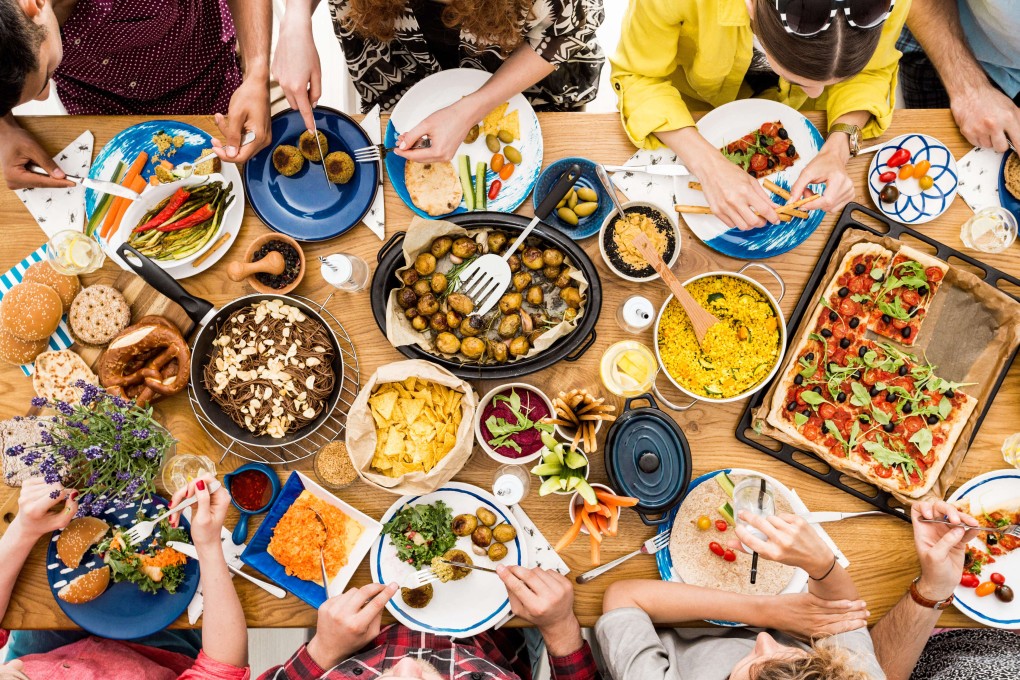Vegan diet myths debunked: experts talk protein, iron, calcium, nutrients and the cost of whole food plant-based (WFPB) diets
- A WFPB (whole food plant-based) diet is less costly, more nutritious and far more satisfying than you might think, nutritionists explain
- They address some of people’s biggest concerns, from why a well-planned WFPB diet is not lacking in iron, protein or calcium to how it’s not hard to follow

As January draws to a close – and with it, the annual Veganuary challenge that encourages people to go vegan for a month – you may still be thinking about adopting a whole food plant-based (WFPB) diet. But are you worried that you’ll be undernourished or hungry all the time, or you’ve heard that eating only plant foods can be expensive and difficult to sustain?
Experts say that’s just not true: a diet made up of vegetables, fruit, whole grains, legumes, nuts and seeds, with little to no processed or convenience foods, is not just good for your health, but filling, affordable and a pleasure to follow.
We asked three WFPB nutrition experts to debunk some of the most common myths surrounding the vegan diet.
Myth 1: It’s lacking in iron
A WFPB diet is not lacking in iron if you consume iron-rich plant foods like lentils, beans, chickpeas and green leafy vegetables such as spinach and kale.
“People tend to get adequate iron on a WFPB diet if they include these foods regularly,” says Anna Herby, a dietitian and certified diabetes educator from the Physicians Committee for Responsible Medicine in the United States. “WFPB eaters also tend to consume a high amount of vitamin C, which helps to improve iron absorption.”

Compared with the iron found in animal products – heme iron – that’s readily absorbed in the intestinal tract regardless of need, non-heme iron from plant sources is better regulated and not as easily absorbed. According to Herby, this means that the body can absorb the iron that it needs from plants, and the rest is eliminated.